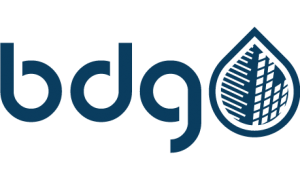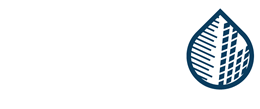Moisture in building materials can destroy structural integrity as well as harbor mold and insect infestations. Long term water infiltration can cause devastating damage if not properly identified and repaired. Infrared thermography is by far the best method for the documentation of a water loss or water intrusion event. When a substantial amount of moisture impacts building materials, particularly drywall, it changes the thermal characteristics of that material. When water evaporates, it changes the surface temperature of building materials.
If the building material is at a different temperature, the thermal difference will be detected by infrared thermography. This technology can even be used years after the initial loss to document historical damage. Traditional methods of photographs and moisture meters do not always reveal the extent of the damage or provide the necessary visual documentation. Infrared cameras can distinguish between wet and dry by measuring the thermal characteristics of wet materials and can provide a vivid image of moisture damage. Below is an example of the effectiveness of infrared thermography. The digital image does not truly show the extent of the water impact.
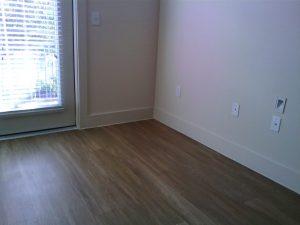
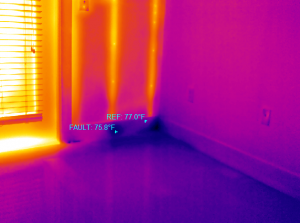
To a building owner or insurance company involved in property damage settlement, clear images of normally invisible damage can be invaluable for planning the restoration efforts and for rationalizing settlements. Our quick response to storm-damaged homes and buildings provides the owners accurate documentation for insurance companies. Unfortunately, after catastrophic events adjusters may not get to your property for several weeks, during which time moisture damaged materials may dry and not be considered as part of your claim.
Using our high resolution infrared cameras, we can document the water intrusions and provide you with a report that clearly details the extent of damage; this can then be used to properly assess damage claims. During remediation and restoration activities, infrared thermography can evaluate the progress of the drying process per accepted standards. The availability of thermographic records can reduce or even eliminate the need for insurance representatives to make personal on-site inspections, and the thermographic records of the remediated property can also help protect the insurance companies from further frivolous claims.
After the devastating 2004 and 2005 hurricane seasons, we used infrared thermography to document water damage for insurance claims. We provided this service in Florida, Georgia, Texas, and Louisiana. To date, BDG has been involved with over 50 litigation cases, with over 95% of our clients winning favorable judgments or settlements as a result of the visual evidence infrared thermography provided.
Even five years after the 2004 hurricane season, we were still called upon to substantiate hurricane damage claims. Even though the building materials may be dry by the time of our inspection, we can visually document the areas that were impacted to provide a true representation of actual damage. Thermal signatures (anomalies) documented with high-resolution infrared camera systems provide dramatic images that will serve as irrefutable evidence in any water damage claim. One of our attorney clients said it best when he stated, “Infrared thermography brings the building to the jury.”
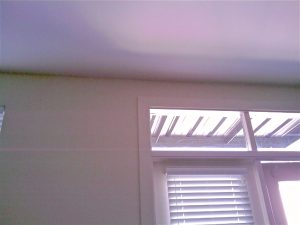
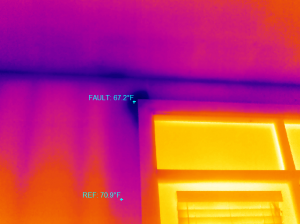
Mold in particular is a growing concern for lenders, developers, investors, and homeowners because of the increasing number of health-related lawsuits. Certain molds can cause a variety of adverse health concerns. The first step to mold remediation is to identify and accurately locate all sources of moisture. Our high resolution infrared equipment can instantly scan an entire room, inspect areas that can’t be physically reached with moisture meters, and reveal wet conditions behind surfaces that don’t readily show water stains.
BDG is the expert when water intrusion diagnostic services are needed. It can sometimes be very difficult to identify the exact point of water intrusion. Our extensive knowledge and use of high resolution infrared cameras allow us to quickly trace the influx of moisture to find the ultimate source of the intrusion with little or no physical disassembly of the premises and with minimal disturbance to the occupants. We also offer forensic water intrusion testing by following published standards from ASTM and AAMA. We are able to recreate weather conditions that allow water infiltration to occur in your home or facility through faults in windows, doors, and other exterior water barriers. A negative pressure containment chamber combined with our calibrated water spray rack device quickly draws water through the faulty water barrier. Infrared thermography can pinpoint the exact location of water intrusions, most without destructive testing, so the fault can be corrected with minimal cost. Read more about our water testing services here.
Whether we document damage, monitor the drying process, confirm that the structure is dry, track the leak to its source, or recreate the intrusion events, you can always count on us to provide accurate results.
Give us a call to discuss your next project.
